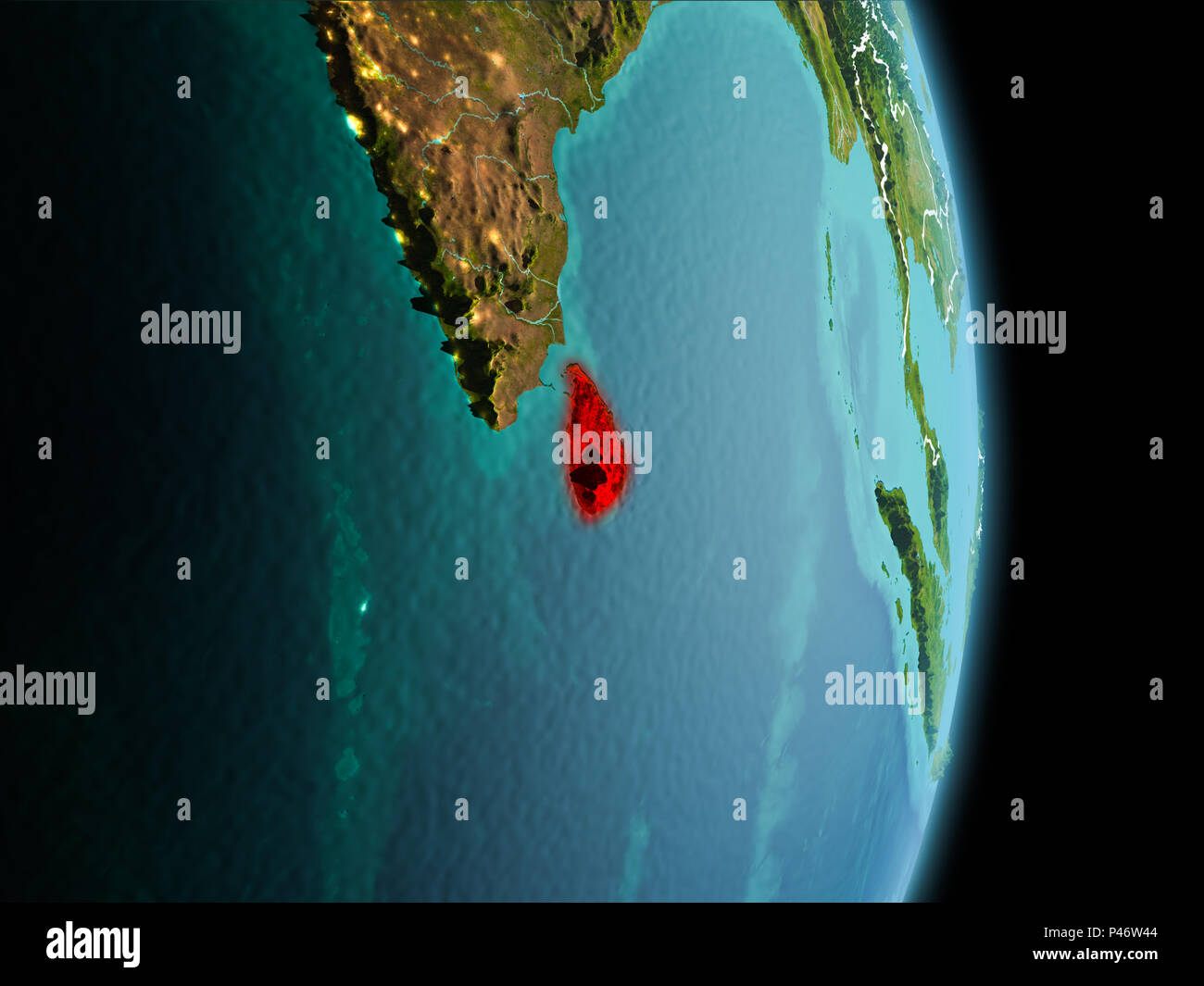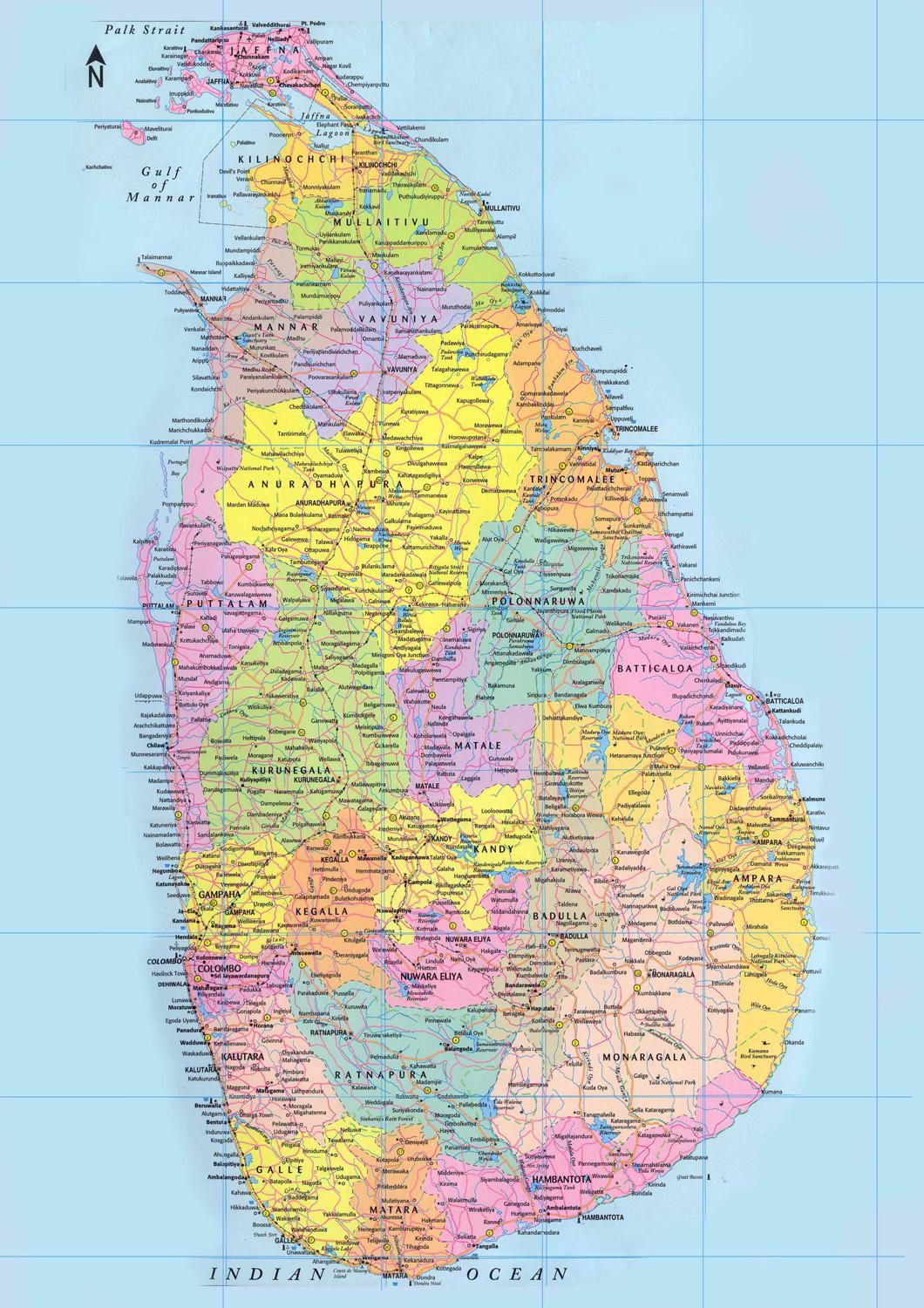
Cultural similarities in burial practices in South India and Sri Lanka were dated by archaeologists to 10th century BCE. Įxcavated ceramic sequences similar to that of Arikamedu were found in Kandarodai (Kadiramalai) on the north coast, dated to 1300 BCE. Bearing a remarkable resemblance to burials in the Early Pandyan Kingdom, these sites were established between the 5th century BCE and 2nd century CE. Settlements of culturally similar early populations of ancient Sri Lanka and ancient Tamil Nadu in India were excavated at megalithic burial sites at Pomparippu on the west coast and in Kathiraveli on the east coast of the island. This cultural complex spread from southern India along with Dravidian clans such as the Velir, prior to the migration of Prakrit speakers. ĭuring the protohistoric period (1000-500 BCE) Sri Lanka was culturally united with southern India, and shared the same megalithic burials, pottery, iron technology, farming techniques and megalithic graffiti. Tamil Brahmi and Tamil-Prakrit scripts were used to write the Tamil language during this period on the island. Indrapala, cultural diffusion, rather than migration of people, spread the Prakrit and Tamil languages from peninsular India into an existing mesolithic population, centuries before the common era. It is not possible to ascertain what languages that they originally spoke as Vedda language is considered diverged from its original source (due to Sinhalese language influence). The Indigenous Veddhas are ethnically related to people in South India and early populations of Southeast Asia.

Displayed at the National Museum of Colombo. South Indian type black and red ware pot sherds found in Sri Lanka and dated to 1st to 2nd century CE. Inspired by the Tamil Eelam flag, the tiger also used by the LTTE, has become a symbol of Tamil nationalism for Tamils in Sri Lanka and the Sri Lankan Tamil diaspora. Many still support the idea of Tamil Eelam, a proposed independent state that Sri Lankan Tamils aspired to create in the North-East of Sri Lanka.

The persecution and discrimination that Sri Lankan Tamils faced has resulted in some Tamils today not identifying themselves as Sri Lankans but instead identifying themselves as Eelam Tamils or simply Tamils. While there was significant migration during the British colonial period, the civil war led to more than 800,000 Tamils leaving Sri Lanka, and many have left the country for destinations such as Canada, United Kingdom, Germany and India as refugees or emigrants. One-third of Sri Lankan Tamils now live outside Sri Lanka. The end of the civil war has not fully improved conditions in Sri Lanka, with press freedom not being restored and the judiciary coming under political control. In January 2020, President Gotabaya Rajapaksa said that the estimated 20,000+ disappeared Sri Lankan Tamils were dead. A United Nations panel found that as many as 40,000 Tamil civilians may have been killed in the final months of the civil war. The civil war ended in 2009 but there are continuing allegations of atrocities being committed by the Sri Lankan Military. The ensuing civil war resulted in the deaths of more than 100,000 people and the forced disappearance and rape of thousands of others. Rising ethnic and political tensions following the Sinhala Only Act, along with ethnic pogroms carried out by Sinhalese mobs in 1956, 1958, 1977, 19, led to the formation and strengthening of militant groups advocating independence for Tamils. Since Sri Lanka gained independence from Britain in 1948, relations between the majority Sinhalese and minority Tamil communities have been strained. Sri Lankan Tamil dialects are noted for their archaism and retention of words not in everyday use in Tamil Nadu, India. Since the beginning of the Sri Lankan Civil War in the 1980s, it is distinguished by an emphasis on themes relating to the conflict.

Sri Lankan Tamil literature on topics including religion and the sciences flourished during the medieval period in the court of the Jaffna Kingdom. The Sri Lankan Tamils are mostly Hindus with a significant Christian population. According to the anthropological and archaeological evidence, Sri Lankan Tamils have a very long history in Sri Lanka and have lived on the island since at least around the 2nd century BCE. Modern Sri Lankan Tamils descend from residents of the Jaffna Kingdom, a former kingdom in the north of Sri Lanka and Vannimai chieftaincies from the east.

70% of Sri Lankan Tamils in Sri Lanka live in the Northern and Eastern provinces. Today, they constitute a majority in the Northern Province, live in significant numbers in the Eastern Province and are in the minority throughout the rest of the country. Sri Lankan Tamils ( Tamil: இலங்கை தமிழர், ilankai tamiḻar ?, Tamil: ஈழத் தமிழர், īḻat tamiḻar ?), also known as Ceylon Tamils or Eelam Tamils, are Tamils native to the South Asian island state of Sri Lanka.


 0 kommentar(er)
0 kommentar(er)
